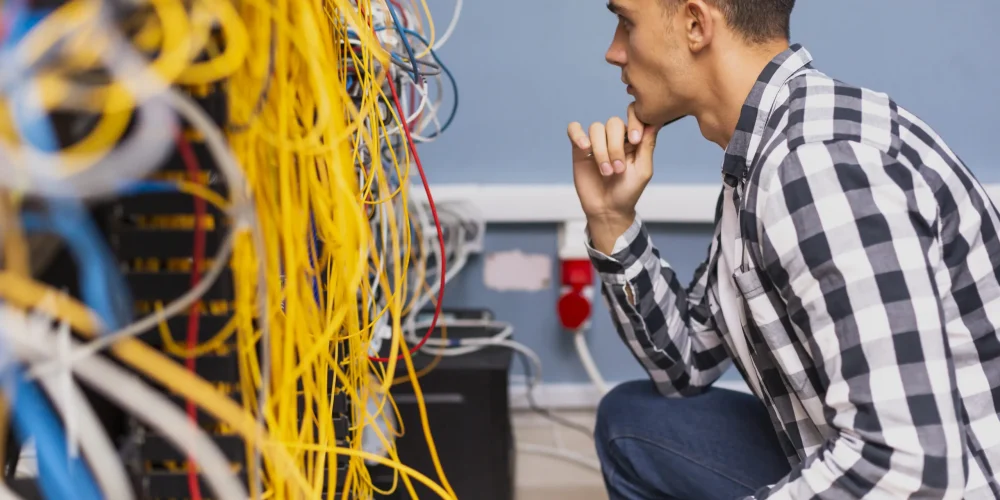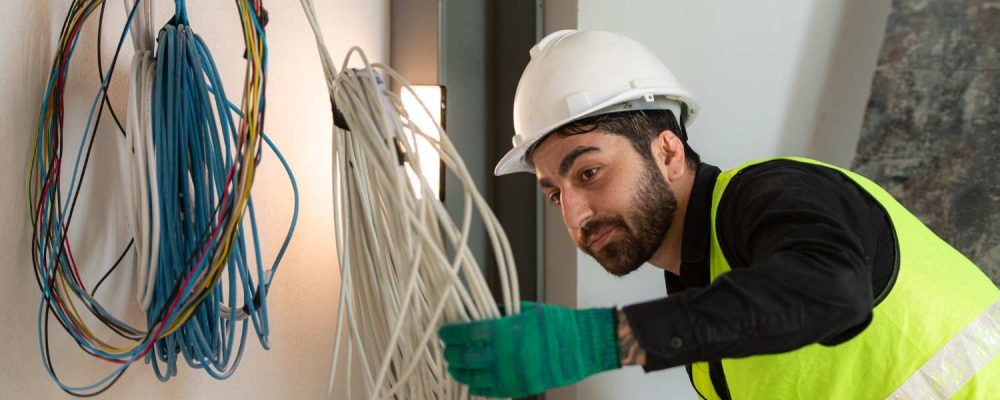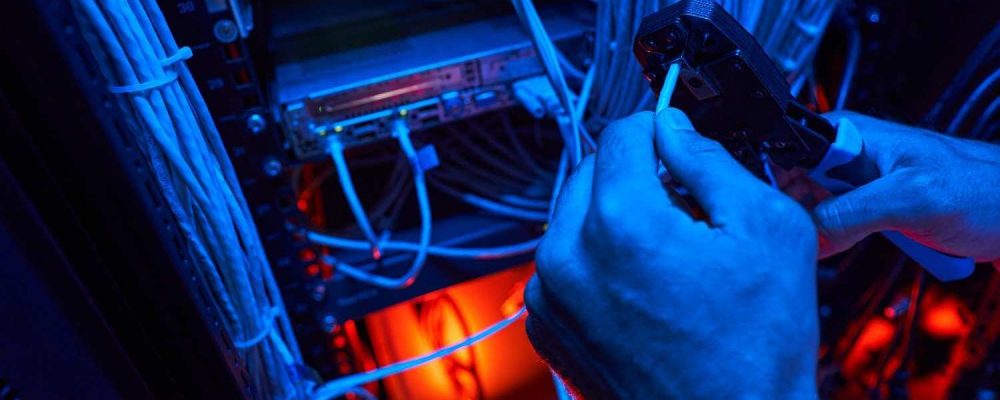Summary: Pick a fiber optic contractor with certified techs, proper testing, and experience. Make sure they use quality materials, follow standards, handle permits, and give warranties. Extra fiber now saves future costs. Network Drops does all this in NJ & PA with full documentation and support.

You must hire a good fiber optic installation services contractor for your network to perform at an optimum level. Now with fiber deployments hitting important milestones, installation has got to be neat and done according to industry standards. If installation is unsatisfactory, it might mean downtime, signal losses, and expensive reworking.
This guide takes you through some of the main considerations when dealing with the right contractor.
Fiber optic installation encompasses the following services:
Proper installation grants minimal signal loss, long-life reliability, and the highest standard.
The contractor must ensure to follow best practices of ANSI/TIA-568, TIA-568.3, and BICSI. The technicians should be certified as either a BICSI Installer – Optical Fiber (INSTF) or an equivalent.
Ask for examples of similar projects: data centers, campus networks, or inter-building links. Request case studies or references to validate expertise. Experience with complex or large-scale installations is a strong indicator of reliability.
Top contractors use structured testing:
A disciplined approach reduces troubleshooting and ensures warranty compliance.
Ask for fiber type (single-mode vs. multimode), cable ratings (armored, riser, plenum), and connector brand/specs. High-quality materials prevent signal degradation and future compatibility issues.
Verify general liability and workers’ compensation coverage. Ensure the contractor handles permits, municipal approvals, and utility locates for outdoor deployments.
Contractors with a local footprint in NJ & PA respond faster to emergencies, navigate permitting efficiently, and provide on-site support without long delays.

Putting the contract for fiber optic installation services is not based only on pricing; knowing the expenses and timescales upfront prevents any surprises and smoothens the whole execution process.
Make sure your contractor’s quote covers:
Some expenses may not appear upfront:
Plan according to project type:
Ask the contractor to pull extra dark fiber strands during installation. This saves time and money when scaling in the future.

Before hiring a fiber optic installation services contractor , look out for warning signs and ask the right questions.
Why Does It All Matter?
Fiber types are becoming increasingly indispensable for the construction of dependable networks. Besides the obvious downtime, additional rework and reduced prices for performance also come into play with faulty installation. A contractor who is driven by accepted standards will undoubtedly contribute towards the reliability, scalability, and long-term ROI.
Don’t compromise your network. Choose a contractor who guarantees:
Network Drops provides certified fiber optic installation services across NJ & PA, complete with OLTS/OTDR test logs, as-built drawings, and full warranties. Schedule a free site survey and professional estimate today.
Single-mode is for long-distance, high-bandwidth connections. Multimode works best for short indoor runs and is more cost-effective for small networks.
Small indoor runs: a few days. Campus or outdoor projects: several weeks.
Tier 1 OLTS for signal loss and Tier 2 OTDR for event location. Both should be documented.
Pull a few spare strands (dark fiber) now to make future expansions easier and cheaper.
Certified pros follow standards, reduce errors, and provide reliable testing and documentation.
"*" indicates required fields
Scott Fcasni is the driving force behind Shock I.T. Support’s commercial datacomm cabling division, delivering expert solutions that power reliable, high-performance network infrastructures. With extensive experience in structured cabling and a commitment to precision, Scott ensures that every project—whether for small businesses or large enterprises—meets the highest standards of quality and scalability.